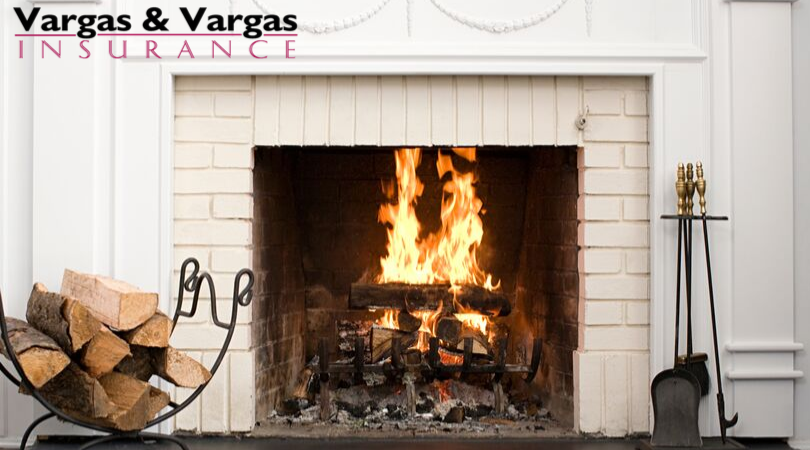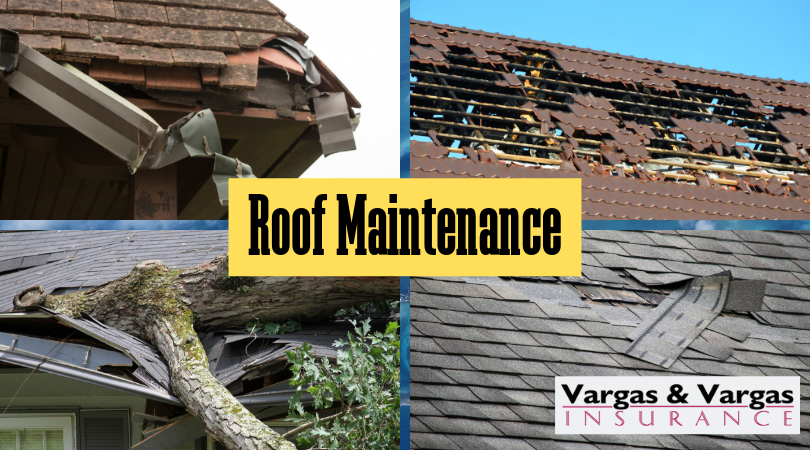Do I need motorcycle insurance in Dorchester?
Nothing is better on a nice sunny day than being on your very own motorcycle and driving the roads in Dorchester, MA. When you are looking to get a motorcycle, you also need to consider your other needs and responsibilities. One factor to consider is your need for motorcycle insurance. There are several reasons why you need to have motorcycle insurance.
Compliant with State Laws
One important reason why you need to have motorcycle insurance is Dorchester is because it will keep you in compliance with state laws. Similar to any other state, those that operate a motorcycle in the state of Massachusetts need to have liability insurance in place at all times. When you have this type of coverage in place it will provide protection to all other drivers and pedestrians on the road if you are ever found to be at fault in an accident.
Lender Requirements
Many motorcycle owners today end up taking out a loan when they buy their motorcycle. If you do have a motorcycle loan, the lender will undoubtedly require that you carry a full collision and comprehensive insurance policy at all times. This will then give you coverage for a wide variety of situations that could cause a loss, including theft or accident damage. It will also protect the lender’s loan collateral.
Before you get on a motorcycle in the Dorchester, MA area, you should reach out to Vargas & Vargas Insurance. The professionals at Vargas & Vargas Insurance know how important it is to be covered by insurance when you get on the bike. When you work with them, the insurance professionals will work hard to ensure that they fully understand your situation. They will then work to get you into the right policy for your situation.

















